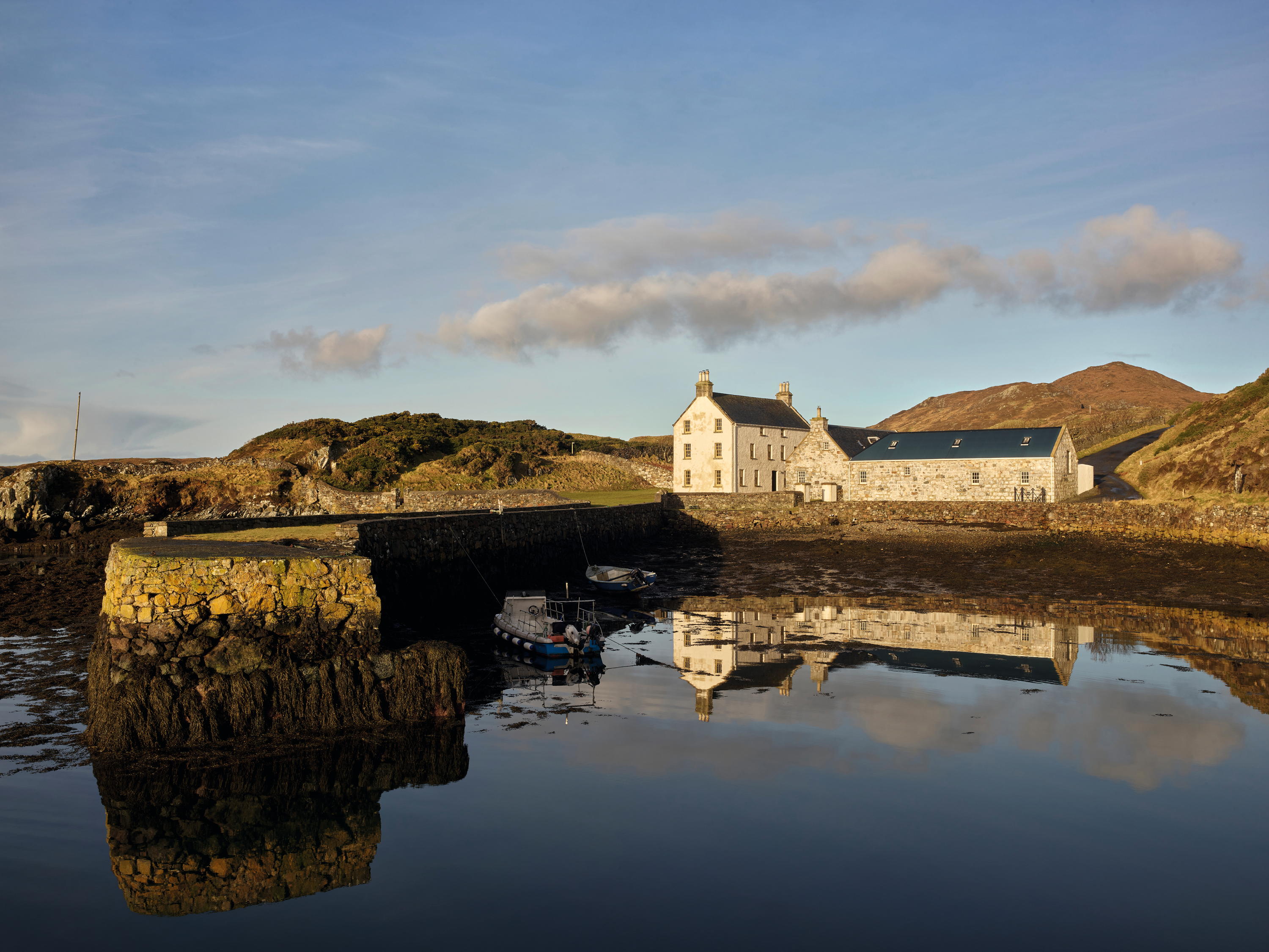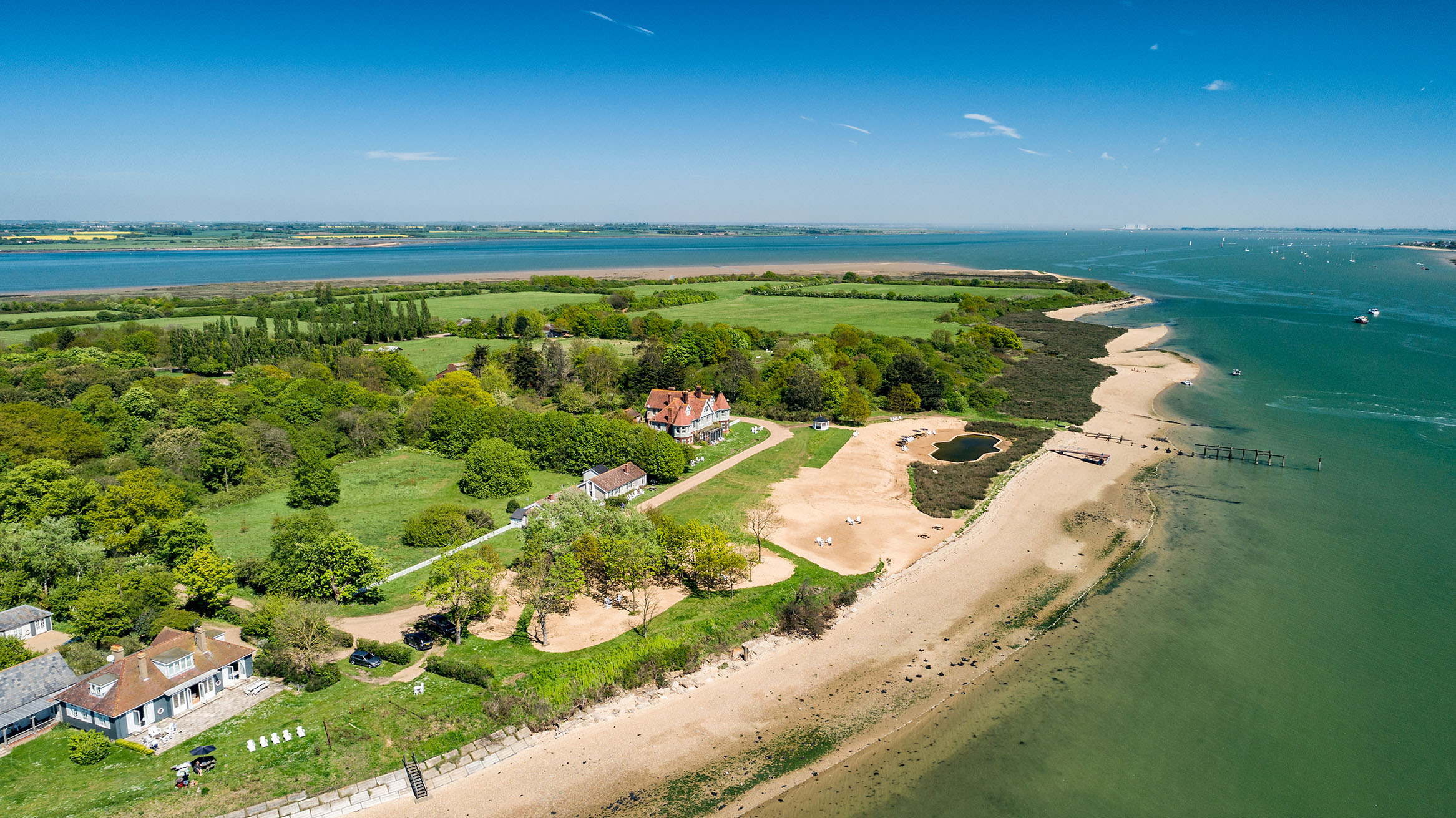Book Review: Irish Gardens
Olda FitzGerald's book paints a vivid portrait of twenty Irish gardens and the people who created them


The Romans, who called Ireland 'Hibernica' after Winter, clearly never visited the place. Compared with northern France, Germany or, for that matter, guard duty on Hadrian's Wall, Ireland's climate is soft, if moist. True, the Roman armour might have rusted, but their gardens would have flourished. The Venerable Bede found Ireland a land of milk and honey 'with no lack of vines'. Not far off paradise, in short.
The inhabitants knew this, we learn, whether Iron Age Celts who listed their native plants as though they were in social classes chiefs, commoners and peasants or monks at the Cistercian monastery at Corcomroe who, in 1205, created the West's first botanical carvings. In 1692, Sir Arthur Rawdon of Moira sent his gardener to Jamaica to collect exotic trees, while 30 years after that, Dublin University's physic garden grew plants from Africa.
The 20 gardens in Olda FitzGerald's striking book date fromKillruddery, where, in 1684, the 4th Earl of Meath employed French designer Monsieur Bonet to create a garden inspired by Versailles, to Butterstream, created single-handedly from a field by Jim Reynolds, an archaeologist.
Along the way she introduces us to some splendid characters: Henry McIlhenny, the American inventor of gas meters, 'who treated his plants like guests at a cocktail party', and Annan Bryce who got Harold Peto to design the island garden of Ilnacullin as if it were in the Bay of Naples. Then, at Altamount, there was Corona North (named after her father's favourite rhododendron), who travelled the world to find beautiful trees. 'A statuesque figure with turquoise blue eyes', she could be telephoned only when it was too darkto mow the lawns.
If you thought that the author often strays from strict garden information you would be right. We hear of her husband's ancestors, the 'Cracked' Knight of Glin who rode his horse up stairs and the 'Big' Knight who sank a bottle of whiskey a day. But what are gardens without their creators? Madame FitzGerald writes with deep knowledge of both the plants and the people who made these lush retreats. The photographs by Stephen Robson and the excellent garden plans by William Pounds do her text full justice. Sad to say, however, the proof-reading is sloppy and the captions uninformative. Still, the book is as exciting as the views at Birr, as tasty as the vegetable garden at Creagh and as eccentric as the Dodo terrace at Mount Stewart.
Sign up for the Country Life Newsletter
Exquisite houses, the beauty of Nature, and how to get the most from your life, straight to your inbox.
Country Life is unlike any other magazine: the only glossy weekly on the newsstand and the only magazine that has been guest-edited by HRH The King not once, but twice. It is a celebration of modern rural life and all its diverse joys and pleasures — that was first published in Queen Victoria's Diamond Jubilee year. Our eclectic mixture of witty and informative content — from the most up-to-date property news and commentary and a coveted glimpse inside some of the UK's best houses and gardens, to gardening, the arts and interior design, written by experts in their field — still cannot be found in print or online, anywhere else.
-
 Rodel House: The Georgian marvel in the heart of the Outer Hebrides
Rodel House: The Georgian marvel in the heart of the Outer HebridesAn improving landlord in the Outer Hebrides created a remote Georgian house that has just undergone a stylish, but unpretentious remodelling, as Mary Miers reports. Photographs by Paul Highnam for Country Life.
By Mary Miers
-
 380 acres and 90 bedrooms on the £25m private island being sold by one of Britain's top music producers
380 acres and 90 bedrooms on the £25m private island being sold by one of Britain's top music producersStormzy, Rihanna and the Rolling Stones are just a part of the story at Osea Island, a dot on the map in the seas off Essex.
By Lotte Brundle